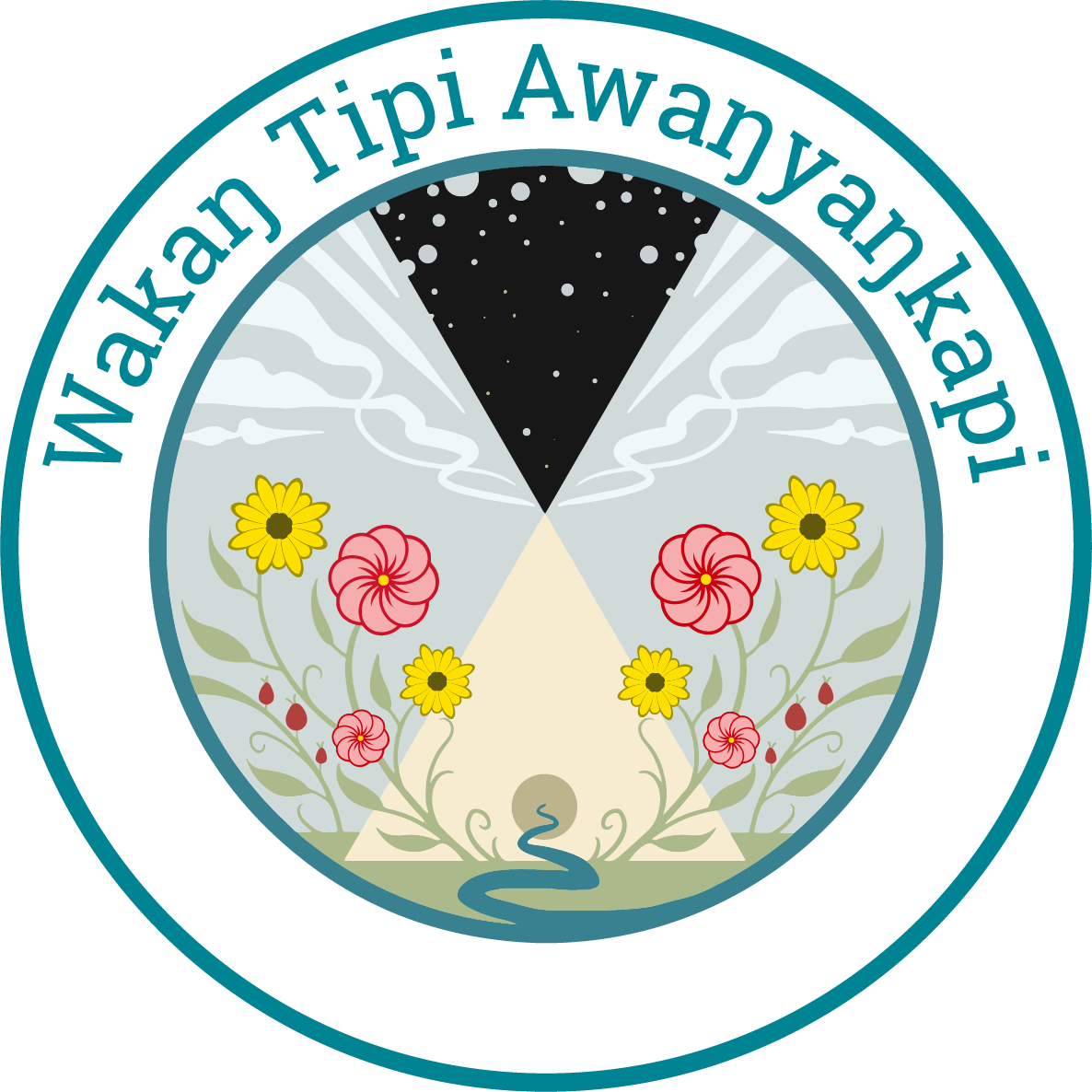While we aren’t able to enjoy it in all the ways we normally might, spring is in full swing! And here at Lower Phalen Creek Project, we have been finding new ways to connect with each other and with our East Side natural spaces. One of the many great lessons shared by our panelists during our Pezuta Wóiyaksape: Plant Medicine Teachings webinar was the reminder that our plant relatives offer food and medicine to more than just humans. Take dandelions, for example. Every part of the plant is edible and clinical trials have shown numerous health benefits to brewed dandelion root tea. Dandelions are also very pollinator-friendly! Dandelions — and many other wildflowers, shrubs, and trees — provide food and habitat for pollinators like bees, butterflies, and flies, who return the favor by fertilizing the seeds of the plants that feed them.
Did you know that this gorgeous Karner blue butterfly is on the endangered species list, and the only known food source for their larvae is wild lupine (Lupinus perennis)?
Just as plants and pollinators need each other to survive, humans need pollinators and pollinator-friendly plants for our own survival. Over one third of global crop species, and close to 80% of all flowering plants, rely on pollinators. This is one of the reasons why bees were just declared to be the most important species on earth! But right now, pollinators are in danger. Agricultural and urban development, chemical input from pesticides, and other man-made landscape changes have caused widespread habitat loss for pollinators.
In Minnesota (where the Rusty Patched Bumble Bee is our state bee), we have over 450 native bee species! But almost all of these pollinators are at risk of being pushed out of their habitat and going extinct unless we take action. Pollinators need our help, and one of the simplest things we can do is provide them with plants for food and habitat! If you have a lawn, garden, or even a small alley or boulevard strip, you can create an urban refuge that will support pollinators year-round! (Check the rules in your city — boulevard gardens are allowed in the City of Saint Paul.) From early-blooming hawthorn trees, to mid-season shrubs like false indigo, to late summer bloomers like sunflowers, there are many options for creating pollinator-friendly habitats.
Need some resources to get started?
Through June 2nd, the Minnesota Board of Water and Soil Resources is offering $350 in cost-sharing grants to individuals who commit to converting their yards into pollinator-friendly habitats. You can apply for these funds by visiting the Lawns to Legumes website and following the instructions.
For projects that involve larger landscape changes, increase the amount of green space on your property, or require additional planning and assistance, consider applying for a Stewardship Grant from the Capitol Region or Ramsey-Washington Watershed Districts. (Not sure which watershed you’re in? Check each website’s watershed map to find out!)
To help get you started, we are offering free Pollinator Mix seed packs! These seed packs cover 5 square feet and include native grasses like little bluestem and sideoats grama, and wildflowers like butterfly weed, bergamot, sky-blue asters and more! Sign up here to get yours, and thank you for creating critical habitat for pollinators!
Below, check out these blooming chokecherry bushes outside of Powwow Grounds in Minneapolis for a great example of how you can pack beautiful pollinator-friendly plants on a small patch of curbside grass!







